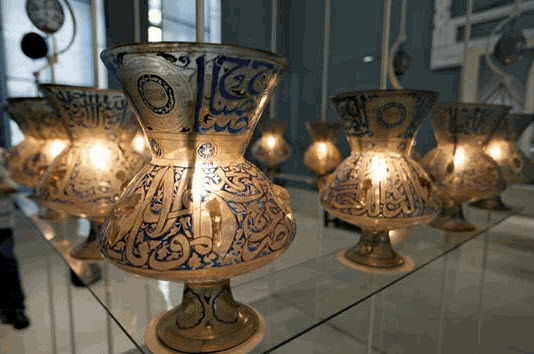“…art is a matter of humanity just as much as it is a matter of identity. As the Islamic tradition has reminded us for many centuries, the Divine spark that bestows upon us our individuality also bonds individuals in a common human family. “
Mawlana Hazar Imam
Aga Khan Music Awards, Lisbon, Portugal, March 31, 2019
Speech
“…the arts, particularly when they are spiritually inspired, can become a medium of discourse that transcends the barriers of our day-to-day experiences and pre-occupations … The arts have always had a special significance for my family. More than a thousand years ago my ancestors, the Fatimid Imams, encouraged patronage of the arts and fostered the creation of collections of outstanding works of arts and libraries of rare and significant manuscripts. Many of my family members are art lovers and collectors. In particular my late uncle, Prince Sadruddin Aga Khan, was a great connoisseur of manuscripts and miniatures, and many of the works on paper and parchment presented in this exhibition come from his collection. I have been adding to these holdings myself for a number of years to create a complementary collection of Islamic works of art. I believe that these works all contribute to an understanding of some of the aesthetic values which underpin Muslim arts and the humanistic traditions of Islam.”
Mawlana Hazar Imam
Foreword, Spirit & Life Catalogue, Aga Khan Trust for Culture

“…in Muslim societies the pursuit of artistic and cultural excellence has for many centuries been a hallmark of the life in those societies, just as for them the aesthetic experience has always been seen as part of the learning process.”
Prince Amyn
Toronto, Canada, September 12, 2014
Speech
“I believe strongly that art and culture can have a profound impact in healing misunderstanding and in fostering trust even across great divides.”
Prince Amyn
Toronto, Canada, September 12, 2014
Speech

Source: Aga Khan Museum
“My first awareness of art from the Islamic world goes back to the library of the Villa Jane-Andrée at Cap d’Antibes, where my parents spent much time before and after the Second world War. The curtains were often drawn to prevent the Mediterranean sun from bleaching the huge 14th-century Mamluk Qur’an which lay open on the rosewood stand, usually at the beginning of ‘Surat-ul-Nas,’ which my father never tired of quoting, I was fascinated by the power of its calligraphic counterpoint, the diacritics and illuminations. Though I could not decipher the text, the burnished pages and their dark corners where thumb and forefinger had left their mark over the centuries exuded a special mystery which I never forgot. My grandmother, who was the great-granddaughter of Fath Ali Shah Qajar, had left us a large library of Persian books, particularly in Bombay and Poona. The classics of Hafiz, Rumi, Firdausi, Baba Tahir, Omar Khayyam and astrological treatises filled the shelves beside Nasir-i Khusraw, mystical texts by Hallaj and assorted works on Shiite Imams and Ismailisim…. When I arrived as a freshman at Harvard in 1950 and met my mentor and fellow-collector, Stuart Cary Welch, the cultural heritage of the Muslim world took on a new dimension, much spurred by the enlightening lectures of Sir Hamilton Gibb, Philip Hitti and other resident scholars. Coincidentally, my very first acquisition was a page from a 14th-century Mamluk Qur’an….
Many years have passed and the world is a different place, but my love of Arab manuscripts and Persian and Indian paintings have never ceased …. It has been a fascinating journey during which the ‘Court of Gayumars’ from Shah Tahmasp’s Shahnama became its Holy Grail, like the flower to which the aged pilgrim is drawn in one of my favourite Mughal pictures by Abu’l Hasan, Emperor Jahangir’s ‘Nadir al-Zaman’ (‘Rarity of the age’).
Prince Sadruddin
Foreword, Princes Poets & Paladins, Sheila R. Canby, The British Museum Company, London, 1998



“In all forms of art, painting, calligraphy, architecture, city planning; in all forms of science, medicine, astronomy, engineering; in all expressions of thought, philosophy, ritualism, spiritualism, it is of fundamental importance that our own traditional values and attitudes should permeate our new society. It would be traumatic if those pillars of the Islamic way of life, social justice, equality, humility and generosity, enjoined upon us all, were to lose their force or wide application in our young society.”
Mawlana Hazar Imam
Peshawar, Pakistan, November 30, 1967
Speech
